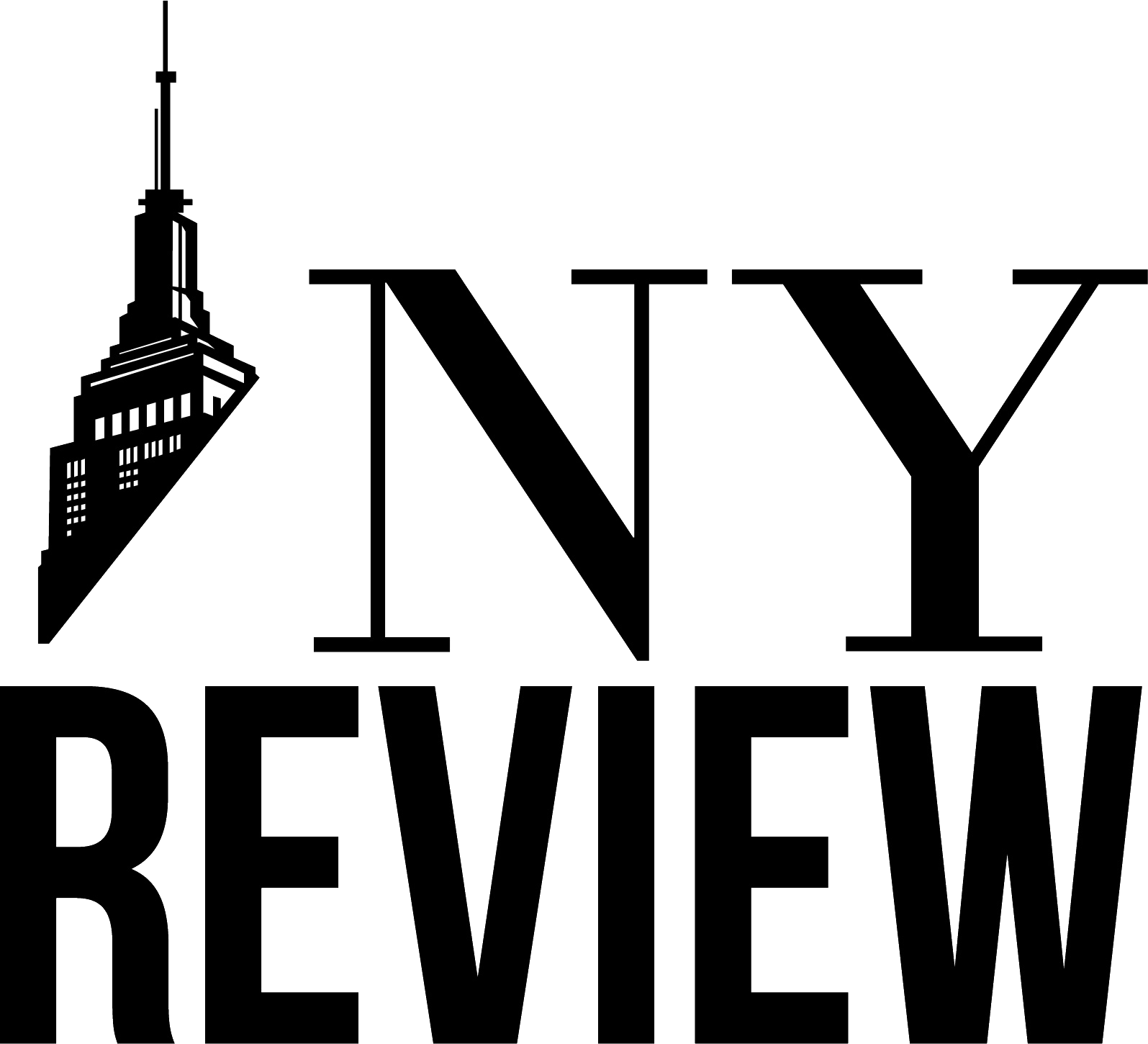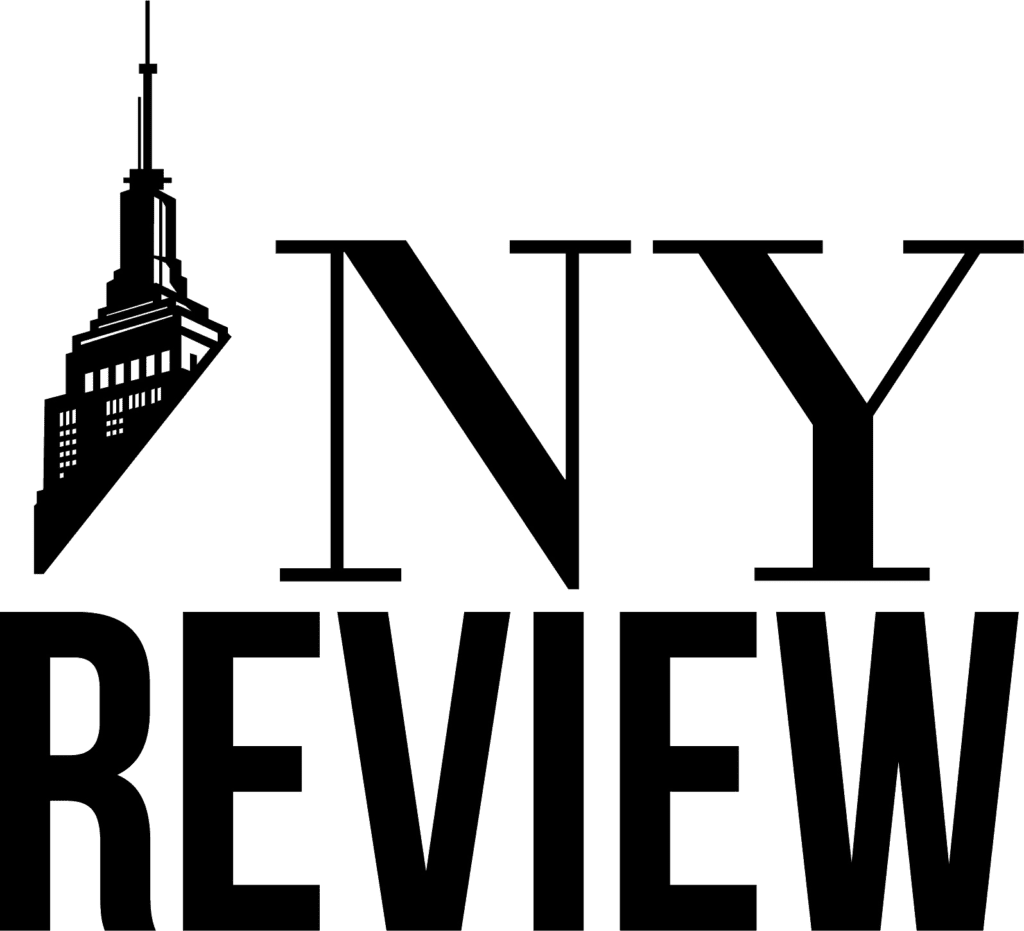A Defining Moment for AI in America
The National Tech Summit 2025, held in San Francisco from April 1 to April 3, brought together the brightest minds in technology, academia, and government to discuss the future of artificial intelligence (AI). The event, held at the Moscone Center, attracted over 15,000 attendees, including top executives from global tech giants, renowned AI researchers, government officials, and innovators from cutting-edge AI startups.
This year’s summit was particularly notable due to the unveiling of several breakthroughs in AI, making the event not only a showcase for the latest technology but also a platform for critical conversations about ethics, regulation, and the future implications of AI on society. Keynote speakers included Sundar Pichai, CEO of Google, and Dr. Fei-Fei Li, a pioneer in the field of AI and machine learning. Both offered compelling insights into how AI will reshape industries, from healthcare to entertainment, and what steps need to be taken to ensure that AI is used responsibly.
Key Announcements and Groundbreaking Innovations
One of the standout moments of the summit was the announcement of Google’s new AI-powered healthcare platform, which promises to revolutionize diagnostics and treatment. The platform, developed in collaboration with leading hospitals and universities, uses AI to analyze medical images with unprecedented accuracy. During his keynote, Sundar Pichai demonstrated how the platform could detect early signs of diseases like cancer, offering the potential for faster and more effective treatments.
In addition to healthcare, AI’s applications in creative fields were highlighted. Dr. Fei-Fei Li presented a project aimed at harnessing AI to enhance creative expression. The project, which integrates AI with the arts, enables artists to collaborate with AI systems to create new forms of digital art, blending human creativity with machine learning algorithms. This integration of technology and art sparked widespread excitement, signaling the potential for AI to expand beyond traditional industrial uses and into the realm of human creativity.
The Ethics of AI: A Growing Concern
While the technology was the star of the summit, an equally important discussion revolved around the ethical implications of AI. As AI continues to make advancements, questions around privacy, bias, and decision-making have become increasingly urgent. Panel discussions at the summit included experts in ethics, law, and policy who emphasized the need for regulations to ensure that AI is developed and deployed in a way that benefits all people.
One of the most impactful moments came from a panel featuring ethicists, technologists, and civil rights leaders. The discussion focused on how AI systems could unintentionally perpetuate bias, especially in sensitive areas like criminal justice and hiring. The panelists called for greater transparency in AI algorithms and the creation of regulatory frameworks to ensure AI systems are fair and accountable.
Behind the Scenes: Collaboration and Future Directions
Behind the scenes, the summit fostered collaboration between industry leaders, policymakers, and academic institutions. Several new partnerships were announced, including an initiative between Microsoft and several universities to fund AI research in the field of climate change. The goal is to use AI to analyze environmental data and create solutions that help mitigate the effects of global warming.
The summit also featured an innovation lab, where startups showcased their AI-driven technologies. These startups presented solutions ranging from AI-driven mental health support systems to automated agricultural technology that could transform food production. The behind-the-scenes interactions highlighted the growing importance of interdisciplinary collaboration in AI development.
The Commercial Impact: An Industry Poised for Growth
The commercial impact of the summit was significant. Major tech companies announced multimillion-dollar investments into AI-driven projects, and venture capitalists expressed growing interest in AI startups. Many attendees, from corporate giants to early-stage innovators, left the summit with new partnerships, investments, and ideas that will help propel AI technology into the next phase of growth.
The lasting impact of the National Tech Summit 2025 will likely be felt for years, particularly as AI continues to drive advancements in healthcare, education, and entertainment. The conversations about ethics and regulation are expected to influence policymakers and shape how AI is integrated into society moving forward, ensuring that the technology is used in a way that aligns with public interests and human values.
2. National Arts and Culture Symposium 2025: Celebrating the Future of the Arts in America
April 7, 2025 – New York City, New York
A Landmark Event for the Arts Community
The National Arts and Culture Symposium 2025, held in New York City at the Javits Center from April 7 to April 9, brought together artists, cultural leaders, philanthropists, and policymakers to celebrate the role of the arts in shaping American society. The three-day event featured thought-provoking panels, performances, and discussions about the future of the arts, with an emphasis on accessibility, diversity, and the power of the arts to address social issues.
With over 10,000 attendees from across the country, the symposium underscored the importance of the arts in fostering creativity, cultural understanding, and economic growth. Keynote speakers included opera legend Audra McDonald, renowned director Spike Lee, and Dr. Deborah Willis, an influential scholar of African American art. These leaders in the arts spoke passionately about the need for continued investment in the arts and how cultural institutions can adapt to changing social landscapes.
Celebrating Diversity and Inclusion in the Arts
One of the most powerful moments of the symposium came during the opening panel, which focused on the theme of diversity in the arts. Moderated by Spike Lee, the discussion included several prominent artists and cultural critics who emphasized the need for greater representation of marginalized communities in all forms of art. From film to theater to visual art, panelists discussed the ways in which the arts can amplify voices that have historically been underrepresented, highlighting the importance of inclusion both behind and in front of the camera, stage, and gallery.
Audra McDonald, in her keynote address, spoke about her experiences as a Black woman in the theater world and the importance of creating spaces where artists from all backgrounds can thrive. “Art is meant to reflect society, and our society is diverse,” McDonald said. “If we are to truly capture the human experience, we must ensure that all stories are being told.”
Behind the Scenes: The Intersection of Art and Technology
The symposium also explored how technology is transforming the arts, with several sessions dedicated to the intersection of art and innovation. New media and virtual reality (VR) have opened up exciting possibilities for artists, allowing them to push the boundaries of what art can be. One of the most talked-about moments came during a demonstration of a VR installation created by artist Janet Cardiff, which allowed participants to experience an immersive 360-degree art piece that blended visual art, sound, and narrative.
Additionally, a panel on digital art highlighted how technology has democratized access to creative expression. Social media platforms like Instagram and YouTube have allowed artists to build global audiences, enabling them to bypass traditional gatekeepers like galleries and publishers. This shift is reshaping the way art is created, consumed, and valued.
The Economic and Cultural Impact of the Arts
The National Arts and Culture Symposium also highlighted the significant economic contributions of the arts to the U.S. economy. According to a recent report by the National Endowment for the Arts (NEA), the arts contribute over $800 billion annually to the U.S. economy, generating millions of jobs and supporting countless small businesses. The symposium focused on how arts funding and education programs can be expanded to ensure the sector’s continued growth.
Cultural tourism, including museum visits, theater performances, and music festivals, is also a major economic driver, particularly in cities like New York, Los Angeles, and Chicago. The symposium featured a special session on how cultural institutions can tap into this growing sector while staying true to their mission of providing enriching cultural experiences for all.
A Call to Action: The Future of the Arts
The lasting impact of the National Arts and Culture Symposium 2025 will be seen in the increased dialogue around the role of the arts in shaping a more inclusive and dynamic society. The discussions on diversity, technology, and economic growth are expected to influence cultural policies, funding decisions, and the way art is experienced in communities across the country.
Behind the scenes, partnerships between artists, institutions, and government agencies were forged during the symposium, promising exciting opportunities for collaboration in the years ahead. The symposium proved that the arts are not only an essential part of American culture but also a powerful tool for driving social change and fostering empathy.
As the event wrapped up, many attendees left with a renewed sense of purpose, committed to creating a future where the arts continue to thrive and inspire future generations. The National Arts and Culture Symposium 2025 set the stage for a new era of artistic expression, one that embraces diversity, innovation, and inclusivity.


